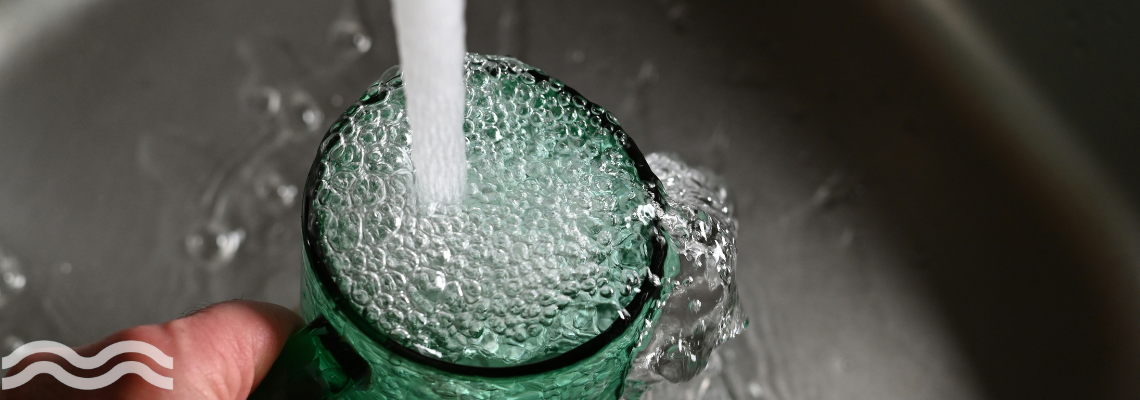Lateral flow household PFAS detector has potential for industrial wastewater use
Lateral flow household PFAS detector has potential for industrial wastewater use
A sensor that can detect minute quantities of perfluoroalkyl and polyfluoroalkyl substances (PFAS) in drinking water has potential for multiple uses in both household and industrial processes.
A lateral flow test for PFAS
The sensor has been developed by a team of researchers at MIT. It is based on lateral flow technology similar to the test used to detect Covid-19. Researchers, led by Timothy Swager and Soyhun Park, demonstrated that the sensors could detect PFAS levels as low as 200 parts per trillion in a water sample.
Swager told Aquatech Online: “I have been mainly thinking of our latest conductivity-based scheme as being a technology for individuals in their homes, or for field monitoring.”
The current sensor works with PFAS that are acidic, which includes two of the most harmful PFAS - perfluorooctanoic acid (PFOA) and perfluorobutanoic acid (PFBA).
Protons, polymers and conductivity
The sensor works in the same way as a Covid-19 or pregnancy test. Rather than antibodies, the sensor contains a special polymer known as polyaniline, which can switch between semiconducting and conducting states when protons are added to the material.
“I have been interested in LFAs for a long time. COVID probably drove it home,” added Swager. “This one worked on the first designs that I proposed to the students. The entire project was completed in about one year.”
It works by depositing polymers on a strip of nitrocellulose paper and coating them with a surfactant that can pull fluorocarbons, such as PFAS, out of a drop of water placed on the strip.
When PFAS are present, the polyaniline pulls in protons that turn it into a conductor, reducing the materials electrical resistance, which can be measured using electrodes. This measurement can be sent to an external device to reveal whether PFAS was detected and how much was in the sample.
Scaling up to meet EPA guidelines
The current version of the sensor does not detect PFAS in low enough concentrations to meet current US Environmental Protection Agency (EPA) guidelines. The EPA sets safe PFOA levels in drinking water at 0.004 parts per trillion.
However, work is underway to scale the sensor from being able to test a few drops of waster to being able to pass a litre of water through a membrane. The researchers believe this will make the sensor a hundred times more sensitive to PFAS detection.
Future sensors might also be able to detect non-acidic PFAS: “We have alternative methods that do not require acidic residues. The validation of these methods is ongoing,” added Swager.
Adapting the technology for use in the wider sector
As well as households, the researchers anticipate the sensors could be used in industries, e.g. the manufacture of semiconductors and firefighting equipment, which use high levels of PFAS.
By linking the sensor to smartphone apps, Swager believes as well as detection on site, there could also be other beneficial ways of utilising the data. “I see this as a very good way for distributed detection. If you connect this to a smartphone app, you can now start to make correlations and also figure out where the PFAS is coming from.”
Researchers at MIT are currently working on improving the sensors further, in ways that potentially could see their use extended to larger industrial settings.
“If you connect this to a smartphone app, you can now start to make correlations and also figure out where the PFAS is coming from.”
Swager said: “To get the highest sensitivity you will probably want a system that can pass more water through a membrane and measure conductivity. We have designs, but we cannot publicly disclose them now.”
The MIT researchers are also working on other PFAS detection methods, including the use of Amplifying Fluorescent Polymers (AFPs) which, as Swager told Aquatech Online: “Are better suited to make continuous monitoring systems or systems at water treatment plants.”
The research was funded by an MIT School of Science Fellowship to Gordon, a Bose Research Grant, and a Fulbright Fellowship to Park.
We promise never to send you spam and you can unsubscribe at any time!

